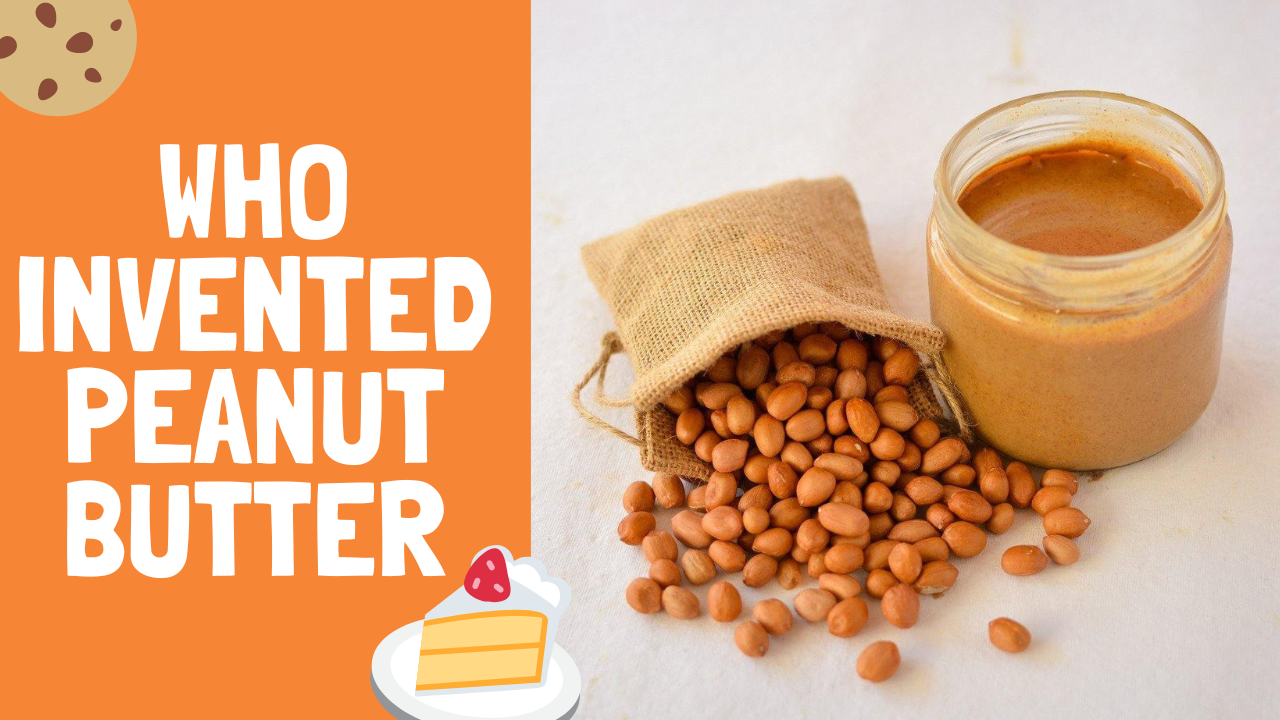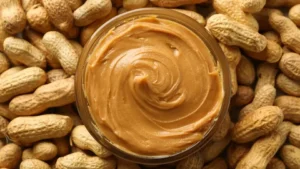Who Invented Peanut Butter?
- 1 Evolution of Peanut Butter: A Comparative Analysis
- 1.1 The Origins of Peanut Butter: who invented peanut butter
- 1.2 Early Innovators and Experimentation
- 1.3 George Washington Carver’s Contributions
- 1.4 Patenting Peanut Butter: Marcellus Gilmore Edson
- 1.5 Dr. John Harvey Kellogg’s Role
- 1.6 Commercialization and Popularization
- 1.7 Peanut Butter in the 20th Century
- 1.8 Modern Variations and Innovations
- 2 Conclusion
- 3 FAQs
- 3.1 What function did peanut butter serve in the Second World War?
- 3.2 Who is recognized as the creator of peanut butter?
- 3.3 What was Dr. John Harvey Kellogg’s original intent with peanut butter?
- 3.4 In 1921, what technological advancement transformed the production of peanut butter?
- 3.5 What role did George Washington Carver have in the rise in peanut popularity?
- Peanut butter, sometimes called the “pâté of childhood,” is a spread that millions of people cherish.
- This article traces the fascinating history of peanut butter, looking at where it came from, who came up with the idea, and who was instrumental in making it a reality.
- Throughout its history, peanut butter has undergone a number of transformations, from the innovative methods of Dr. John Harvey Kellogg to the environmentally conscious work of George Washington Carver.
Peanut butter is creamy, peanutty, buttery, and wonderful. Peanut butter is its food category for many. It is spooned from the jar, baked into pastries, mixed into smoothies, incorporated into savoury foods, and smeared on almost everything. Everyone remembers eating PB&J sandwiches as kids. This time last week. Peanut butter is constantly available to add richness and flavour to sweet and savoury dishes. Possibly the best half of amazing peanut butter pairings like chocolate, banana, and jelly. I could continue. If you’re like 94% of Americans who keep peanut butter at home, you seldom go without it. Many individuals believe George Washington Carver, an American agriculturist who revolutionised the peanut business, invented peanut butter. Who invented peanut butter if not the “father of the peanut industry”? Explore everyone’s favourite pantry staple’s history.
Evolution of Peanut Butter: A Comparative Analysis
| Aspect | Early Variations | Commercialisation Era | Modern Innovations |
| Ingredients | Peanuts, salt | Added sugars, stabilisers | Natural variants, flavors |
| Texture | Coarse, gritty | Creamy, smoother | Chunky, smooth, organic |
| Production Method | Hand-ground | Industrial processing | Small-batch, artisanal |
| Packaging | Homemade jars | Canned jars, plastic containers | Sustainable packaging |
| Nutritional Awareness | Basic nutrition | Fortification awareness | Emphasis on health benefits |
| Flavor Varieties | Limited | Classic, honey, chocolate | Exotic blends, gourmet options |
| Cultural Impact | Local, homemade | A staple in American diet | Global popularity, diverse uses |
The Origins of Peanut Butter: who invented peanut butter
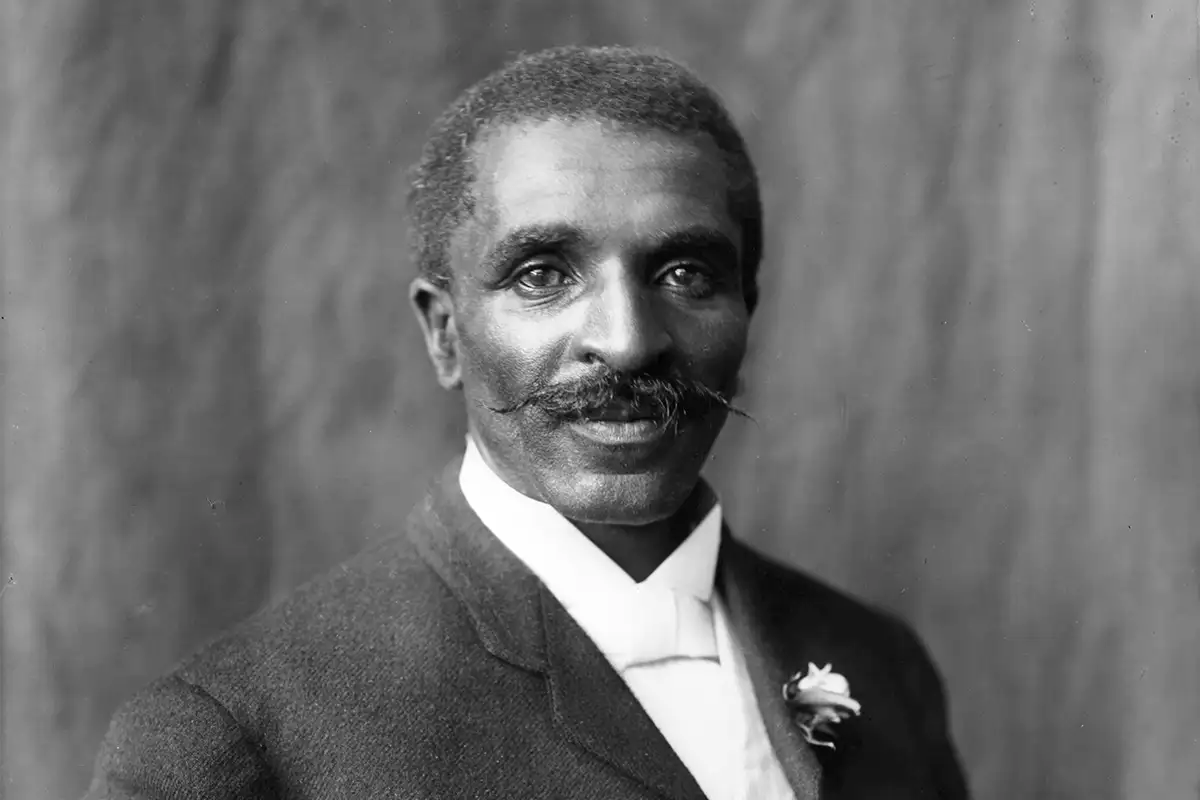
Although the Incas ground peanuts hundreds of years ago, peanut butter as we know it now originated in the United States in the latter half of the nineteenth century. A nutritionist and Seventh-day Adventist named Dr. John Harvey Kellogg patented a peanut butter precursor in 1895. After experimenting with almonds, Kellogg settled on peanuts as the cost-effective ingredient for his “food compound,” which entailed boiling and grinding nuts into a paste. In spite of its unremarkable flavor when compared to modern alternatives, Kellogg proclaimed it to be “the most delicious nut butter.”
Early Innovators and Experimentation
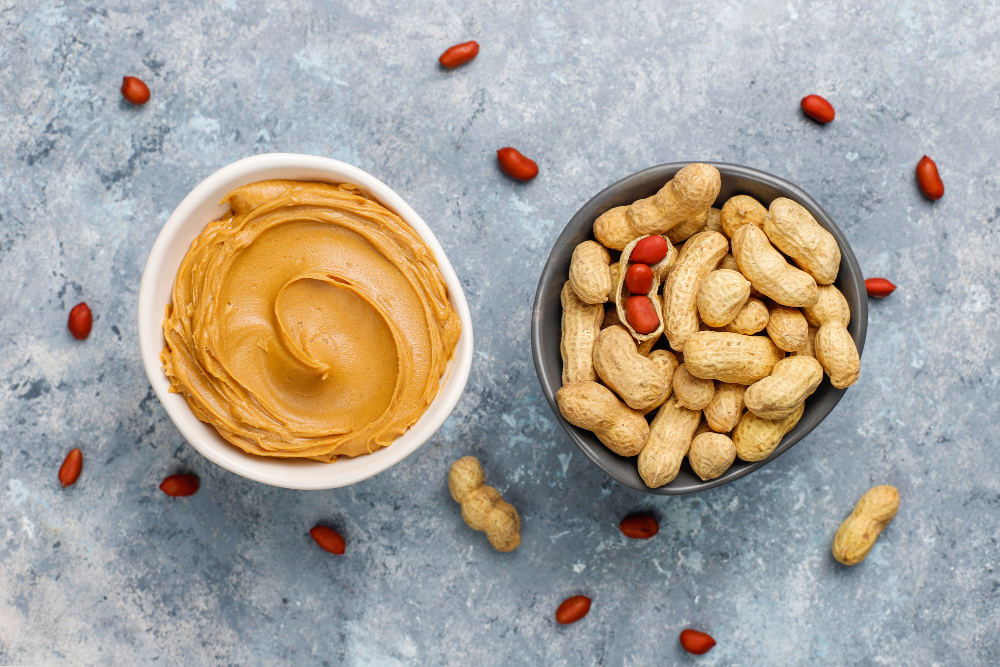
Workers at Kellogg’s Battle Creek Sanitarium, including Joseph Lambert, are said to have been among the first to create the peanut butter that the doctor used. Lambert’s impact went beyond mere testing; he also developed gear that could ground and roast peanuts on a far greater scale. This set the groundwork for what would later become the Lambert Food Company, a vendor of both nuts and mills used to produce them. Peanut butter became more affordable for the general public as production increased in volume.
George Washington Carver’s Contributions
The growth of peanut agriculture was greatly influenced by George Washington Carver, who is famous for his many peanut-related uses. Carver devoted his life to assisting Black farmers in breaking free of cotton sharecropping after being born into slavery in Missouri. Carver tried growing peanuts and sweet potatoes as a substitute for cotton after seeing that cotton farming was removing soil resources. Sustainable farming can trace its roots back to his groundbreaking methods, which included crop rotation and the use of organic fertilizer.
Patenting Peanut Butter: Marcellus Gilmore Edson
The Story of Marcellus Gilmore Edson and His Peanut Butter Patent In 1884, Marcellus Gilmore Edson is credited with patenting peanut butter in its truest form, while Kellogg’s patent was actually a major milestone. If you follow Edson’s method, you can make a healthy peanut paste by grinding roasted peanuts to a paste-like consistency. Recognizing peanut butter as an independent innovation was greatly advanced by this patent.
Dr. John Harvey Kellogg’s Role
Kellogg boosted peanut butter’s profile by advertising it as a vegetarian alternative and by endorsing a plant-based diet. Amelia Earhart and Henry Ford were among the famous people who bought peanut butter from him, which helped it become a gourmet treat. The unconventional method that Kellogg took, informed by his beliefs as a Seventh-Day Adventist, offered a new viewpoint on the early history of the spread.
Commercialization and Popularization
Around the start of the twentieth century, peanut butter saw a surge in popularity for reasons such as meat restrictions during World War I. There was an increase in peanut consumption due to the government’s “meatless Mondays” initiative. In 1921, a process for partial hydrogenation was developed by Joseph Rosefield, which revolutionized peanut butter for ever. Mass production, distribution, and the emergence of national brands were all made feasible once the spread had stabilized. In the 1920s, with the introduction of sliced bread, the now-iconic peanut butter and jelly sandwich began to gain popularity.
Peanut Butter in the 20th Century
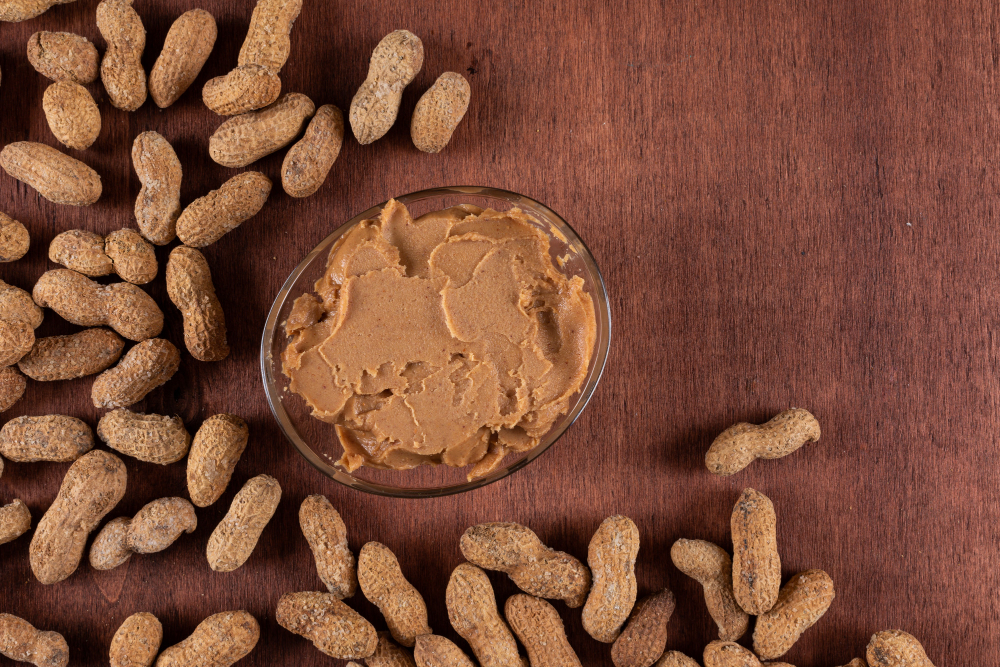
For many kids growing up in the 1930s, peanut butter and jelly sandwiches (PB&Js) were a dietary mainstay. Novel goods such as crunchy peanut butter and wide-mouth jars were introduced in the 1930s by companies like Skippy, which Joseph Rosefield owned. The convenience and low cost of peanut butter contributed to its meteoric rise to American household staple status. The hydrogenated deliciousness that was Skippy even made it overseas with service troops in World War II in tins.
Modern Variations and Innovations
As evidence of peanut butter’s evergreen popularity, nearly 90% of American households reported eating it by 2020. To adapt to consumers’ evolving preferences, companies like Skippy and Jif introduced new products, including squeezable tubes. In order to identify asymptomatic carriers, researchers used olfactory tests with the famous peanut butter scent. This showed how the extensive transmission of the virus affected the reaction to the COVID-19 pandemic.
Conclusion
The development of peanut butter from its modest origins to its current status as a culinary sensation around the world is a tribute to the creativity of those who influenced this process. The novel methods of Dr. John Harvey Kellogg, the patent of Marcellus Gilmore Edson, and the long-lasting contributions of George Washington Carver played important roles. In addition to reflecting shifting nutritional choices, peanut butter’s marketing, inventions, and cultural significance during the 20th century demonstrate the spread’s tenacity as a portion of comfort food that has won over millions of people worldwide.
FAQs
What function did peanut butter serve in the Second World War?
Because peanut butter has a long shelf life and is nutritious, tins of the spread—especially those made by Skippy—were included in the rations given to soldiers serving overseas in World War II.
Who is recognized as the creator of peanut butter?
Peanut butter was first patented by Marcellus Gilmore Edson in 1884, but Dr. John Harvey Kellogg and Joseph Lambert’s experiments are largely responsible for its current ubiquity.
What was Dr. John Harvey Kellogg’s original intent with peanut butter?
In 1895, Dr. John Harvey Kellogg filed a patent for peanut butter, promoting it as a healthier substitute for meat and claiming it would be used for patients at the Battle Creek Sanitarium, a spa treating a range of illnesses.
In 1921, what technological advancement transformed the production of peanut butter?
Joseph Rosefield’s partial hydrogenation invention in 1921 revolutionized the production of peanut butter, allowing for mass manufacturing and marketing while also stabilizing the spread.
What role did George Washington Carver have in the rise in peanut popularity?
Black farmers benefited from George Washington Carver’s peanut experiments because they introduced organic agricultural methods, offered substitute crops, and emphasized sustainability.

